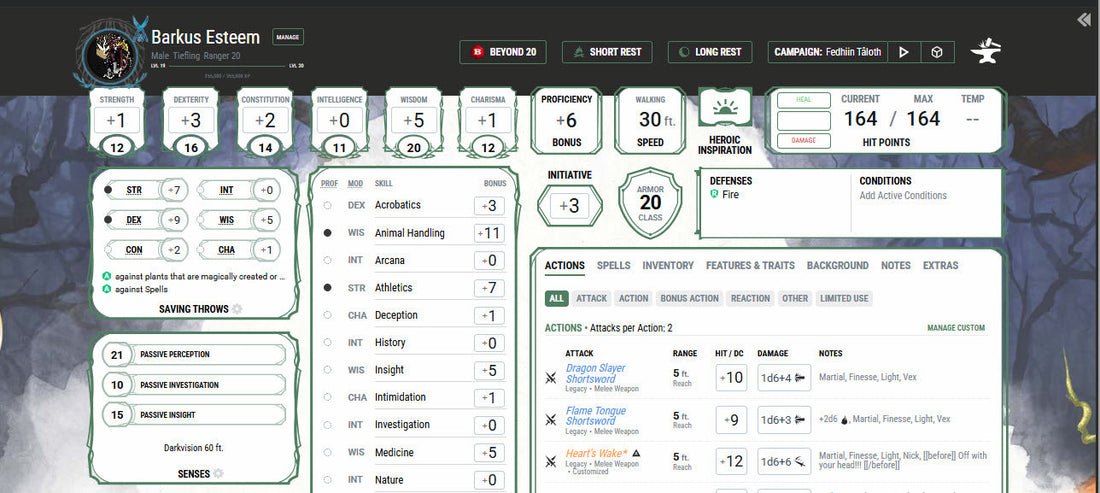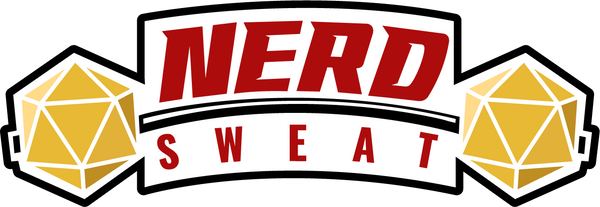
Power Creep and Player Choice: Is 5e Getting Too Easy?
You’ve just finished designing your new character: a Hexblade Warlock with Polearm Master, Great Weapon Master, and a flying speed by level 5. You pause. Is this awesome... or are you breaking the game?
Welcome to the ongoing conversation around power creep in Dungeons & Dragons 5e.
As more books and supplements have landed — Tasha’s Cauldron of Everything, Monsters of the Multiverse, and now the 2025 Core Rules — players and DMs alike are asking: are new options simply better than the ones we started with?
And if so... does it actually matter?
What Is Power Creep?
Power creep refers to a game gradually introducing stronger and more efficient options over time. This can lead to older features feeling underwhelming, or challenges becoming too easy for modern builds.
In 5e, signs of power creep include:
- Flexible racial traits like ability score customization and expanded spell access
- Overtuned subclasses with more features or synergy (see: Twilight Cleric or Rune Knight)
- Feat stacking that turns mid-level characters into tactical wrecking balls
- Magic item design that encourages stacking resistances or action economy advantages
Why Is It Happening? (And Should We Be Worried?)
Some fans worry that power creep is eroding the game’s tactical depth. Others see it as a natural result of growth. Here’s why this shift may not be as scary as it sounds:
🧠 Design Shift Toward Accessibility
5e was designed to be easy to learn and flexible to play. As new generations of players come in through Critical Role, Dimension 20, or Baldur’s Gate 3, Wizards of the Coast has favored character expression over strict balance.
⚙️ Empowerment Is the Point
Earlier editions (like 3.5e or 4e) focused heavily on combat math and system mastery. In contrast, modern D&D is built around narrative power — encouraging bold character choices and dramatic moments.
📈 Expansion Leads to Extremes
More content means more combinations. This isn't necessarily bad — it gives players creative freedom and keeps veteran players engaged.
Examples of 5e Power Creep in Action
Here are a few real builds that showcase the shift:
1. Custom Lineage + Hexblade Warlock + Great Weapon Master
Start with a feat at Level 1, use Charisma for weapon attacks, and combine that with Eldritch Smite or Polearm reach.
Result: A high-damage frontline character with strong spellcasting and minimal stat investment.
2. Artificer (Armorer) + Warforged Race
The Armorer subclass makes your character into a walking magical tank. Add in Warforged’s +1 AC, resistances, and immunities.
Result: An unkillable arcane juggernaut with utility, defense, and self-sustaining power — ideal in low-magic campaigns.
3. MotM Bugbear + Rogue
The Mordenkainen Presents: Monsters of the Multiverse Bugbear has surprise reach with melee weapons. Add Sneak Attack and a surprise round.
Result: Devastating first strikes from stealth — often taking enemies out before initiative gets halfway around the table.
How DMs Can Handle Power Creep (Without Killing the Fun)
🎯 Design for Creativity, Not Just Difficulty
Throwing higher-CR monsters at a powered-up party isn’t the only solution. Use puzzle encounters, moral dilemmas, or combat objectives that go beyond "kill everything."
🗣️ Session Zero Expectations
Ensure the table is on the same page. If one player is a min-maxed half-celestial ninja and another is roleplaying a pacifist bard, you may need a conversation about tone and balance.
🪄 Magic Is the Great Equalizer
Introduce magic items, enemy tactics, or homebrew conditions that encourage teamwork and innovation — not just bigger damage numbers.
Resources to Explore Further
- 📚 Tasha’s Cauldron of Everything: A landmark shift in 5e design.
- 🧠 The Monsters Know What They’re Doing: Smarter monster strategies for modern parties.
- 📺 Dungeon Dudes YouTube Channel: Build theory, optimization talk, and subclass reviews.
- 📺 Wizards of the Coast YouTube — check out Dev Update and Playtest Deep Dive videos.
Final Thoughts: Embrace the Power… or Redefine the Challenge
So, is 5e getting too easy? Maybe. But maybe it’s also getting more open, imaginative, and satisfying for a broader player base.
Power creep isn’t about making the game worse — it’s about how we respond to evolving systems. DMs can shift focus from balance to story, while players can challenge themselves to explore character flaws, unique builds, or surprising roleplay turns.
Sometimes, it’s okay to be overpowered... if it leads to stories your table will never forget.
Want more D&D insights like this?
Subscribe to the blog or follow on social for weekly drops of tabletop wisdom and storytelling fuel.
